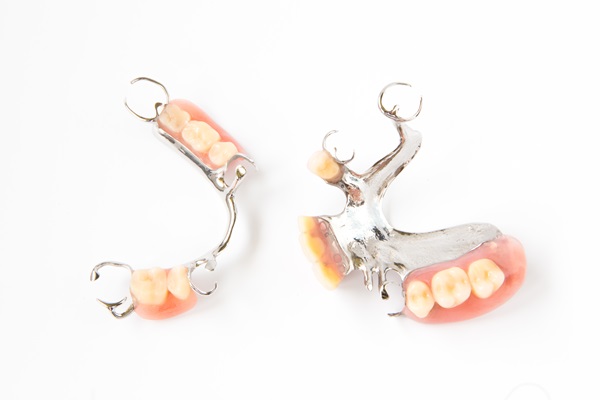What to Expect at a Tooth Extraction
You may be feeling anxious about your upcoming . Most people arrive at the dental clinic and put their full trust in their dentist. This is fine, but it is still helpful to know what to expect the moment you walk through the clinic’s doors. If you want to know what you should expect during tooth extraction, here are the details.
Before the surgery
The dentist will ask for the patient’s dental and medical history before the tooth extraction. This is the right time to tell the dentist about the medications and supplements the patient takes. The full information includes allergies to specific medications. The dentist will perform a visual check of the patient’s mouth. A dental X-ray will help determine the most optimal way to extract the problem tooth. Taking antibiotics before or after the tooth extraction is important, especially if the patient has a medical issue.
During the surgery
The dentist will numb the area of the affected tooth or teeth with a local anesthetic. The gum tissue and jawbone area will experience a numbing sensation in seconds. Tooth extraction will only start if the dentist is sure that the area is numb. The dentist will add more local anesthetic if the patient still feels pain. The dentist will rock the tooth forward and backward to loosen it. There will be significant pressure as the dentist pulls the tooth out.
An impacted tooth is more complicated to extract than one that has emerged above the gumline. For this case, the dentist will cut through the gum tissue covering the developed tooth. This will access the tooth. Then, the dentist will pull out the tooth.
If necessary, the dentist will cut the tooth into smaller pieces. This will result in less damage to the surrounding tissue. The dentist could close up the wound by stitching it. This will need extra care after the tooth extraction.
After the surgery
The patient will need to bite down on sterile gauze for about 20-30 minutes. Pressure from the biting will help form a clot in the tooth extraction site. This is an important component of healing. Extra care not to dislodge the clot will help dry up and close the area. Some bleeding 24 hours after the extraction is normal.
Taking pain medications according to the dentist’s instruction will ensure continuous comfort while healing. Non-steroidal anti-inflammatory drugs can address and relieve the pain after the tooth extraction. A cold compress on the side of the affected tooth for 10 minutes can lower the pain and inflammation and establish normalcy. A soft diet will help prevent pressure on the tooth extraction site.
Avoiding alcoholic drinks and hot foods for a day after the surgery will prevent increasing blood flow in the area. This will prevent the area from bleeding more. Using the other opposite side of the mouth for chewing will help shift the pressure during chewing. Refraining from using a straw or spitting will help keep the clot intact. This will help make healing quicker.
Understanding the events of a tooth extraction can help you prepare for it
Dental health may involve the removal of one or more teeth at different times. Tooth issues may need invasive procedures at one point. It may not be an easy procedure to go through, but it is important in achieving comfort and dental health. Seeing your dentist will help you prepare for your upcoming tooth extraction.
Are you considering having tooth extraction in the San Dimas area? Get more information at https://sandimassedation.com.
Check out what others are saying about our dental services on Yelp: .
Recent Posts
This article discusses when a dentist may recommend tooth extractions after an accident occurs. Tooth extractions may be necessary after a dental emergency if teeth are damaged beyond what dental restorations can address or if the teeth cannot be repositioned in their sockets properly.A dental emergency can happen at the most unexpected times. It is…
A tooth extraction might be necessary for multiple instances. The tooth comes out of the patient’s mouth because of an infection or other reason. A dentist tries to keep the teeth intact as long as possible, but not every tooth can be saved. Keep reading to learn more about why you might need an extraction.Tooth…
Tooth extraction is a very common procedure that is usually recommended for the benefit of one’s oral health. But many people worry about tooth extraction pain. However, the good news is that modern anesthetic techniques make the procedure as comfortable as possible. It is important to follow your dentist’s aftercare instructions after the procedure. This…
If you have a problem with your tooth, your general/family dentist might recommend a tooth extraction. The dentist will extract the tooth and the root. You need to care for the extraction site after the procedure and also take measures to promote healing. Get some tips for post-extraction care.People get teeth pulled for various reasons.…


